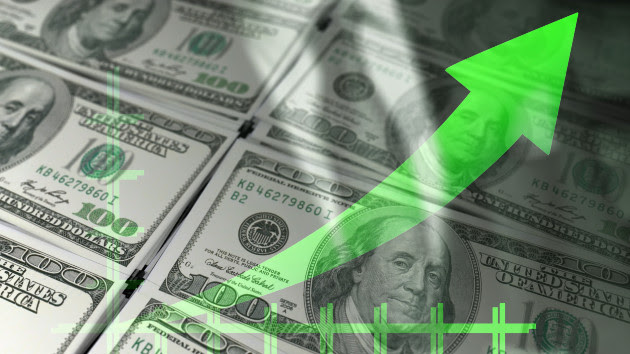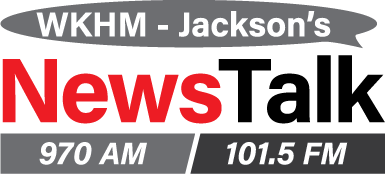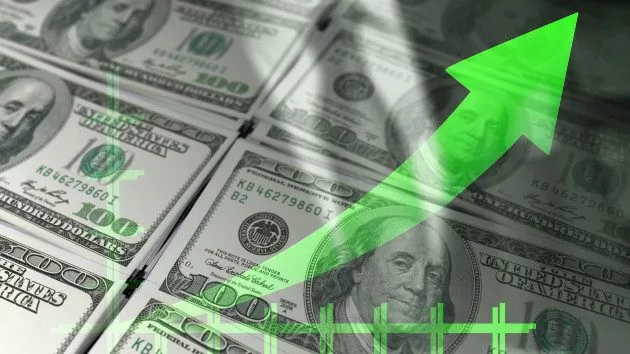
(NEW YORK) — The collapse of Silicon Valley Bank, the second-biggest bank failure in U.S. history, has thrust the financial system into distress, pulling attention away from a separate problem: sky-high inflation.
The twin economic challenges pose a dilemma for the Federal Reserve because its strongest tool, the benchmark interest rate, is a key cause of the financial emergency but the primary solution for high prices.
The central bank has aggressively raised interest rates over the past year, bringing inflation down significantly from a summer peak, though it remains more than triple the Fed’s target of 2%.
The rapid rise in interest rates, however, tanked the value of bonds held by Silicon Valley Bank, precipitating its failure.
A continuation of the rate hikes risks further intensifying the banking crisis, putting additional financial institutions at risk of collapse. However, a pause on rate increases could undermine the Federal Reserve’s fight against inflation, allowing high prices to persist and eat away at household budgets, economists said.
“It’s a very delicate balance,” Andrew Levin, an economics professor at Dartmouth College and a former Fed economist, told ABC News. “If we’re in a situation where the Fed can’t make sure prices are stable because it’s too worried about the stability of the banking system, that would be a very unfortunate situation.”
Still, the Fed could avoid facing a choice between the two objectives, since tighter lending practices taken up by private sector banks in response to the financial distress may cool the economy on its own accord, allowing the Fed to forego raising rates while still bringing down inflation, economists said.
“It does seem as though financial instability could take care of inflation anyway,” Julia Pollak, chief economist at Zip Recruiter, told ABC News.
Over the last year, the Federal Reserve raised its benchmark interest rate 4.5%, the fastest pace since the 1980s.
The Fed has put forward a string of borrowing cost increases as it tries to slash price hikes by slowing the economy and choking off demand. The approach, however, risks tipping the U.S. economy into a recession and putting millions out of work.
So far, however, the economy has proven fairly resilient, Levin said, citing the robust job market.
“If the economy continues to be strong, inflation might well stay far above the Fed’s target,” Levin said. “Interest rates may need to go substantially higher to bring inflation down.”
In early March, Fed Chair Jerome Powell told Congress that inflation “has a long way to go and is likely to be bumpy,” saying the central bank expects “ongoing increases” to its benchmark interest rate.
But persistent rate hikes also threaten the stability of the banking system.
The rapid spike in interest rates over the past year dropped the value of Silicon Valley Bank’s treasury bonds and mortgage bonds, punching a hole in its balance sheet and scaring away some depositors, who triggered a devastating 48-hour bank run.
While Silicon Valley Bank faced uniquely acute exposure, it’s hardly the only vulnerable bank.
At the end of last year, U.S. banks were sitting on $620 billion in unrealized losses, or holdings that have fallen in price but have yet to be sold, the Federal Deposit Insurance Corporation found.
Swiss banking giant UBS bought ailing rival Credit Suisse on Monday for $3.2 billion, as Swiss banking regulators helped put together a rescue.
The largest financial institutions in the U.S. took action on Friday in an effort to stabilize the financial sector, placing $30 billion in First Republic bank, one of the embattled regional lenders.
Bank of America, Citi, JPMorgan Chase, Wells Fargo and Goldman Sachs were among a slew of big banks that participated in the effort. The bank’s shares have continued to plummet, however, dropping 47% on Monday.
While troubling for many, such financial disarray is a possible outcome one can expect from rapid interest rate hikes, Pollak said. Rather than undermine the fight against inflation, the banking crisis is part and parcel of it, she added.
“Typically the Fed raises rates until something breaks,” Pollak said. “That break unleashes panic and brings tightening lending standards to banks.”
“The immediate effect of tighter credit is households buying fewer houses and businesses investing less, and that affects the demand for goods,” she added, bringing prices down. “That cycle perpetuates itself.”
In turn, some forecasters predict that the Fed will forego an additional rate hike at its meeting on Wednesday, citing the fragility of the financial system.
In a research note, Goldman Sachs told investors on Monday that it expects the Fed “to pause at its March meeting this week because of stress in the banking system.”
Levin, of Dartmouth, said he thinks the Fed should take that cautious approach on rates this week.
“It should try to reassure the market that it’s on top of this and monitoring carefully,” he said.
If the financial stress continues, prices could fall anyway, he added.
“People won’t go out and buy that refrigerator,” he said. “The upward pressure on inflation could subside really quickly.”
Copyright © 2023, ABC Audio. All rights reserved.





